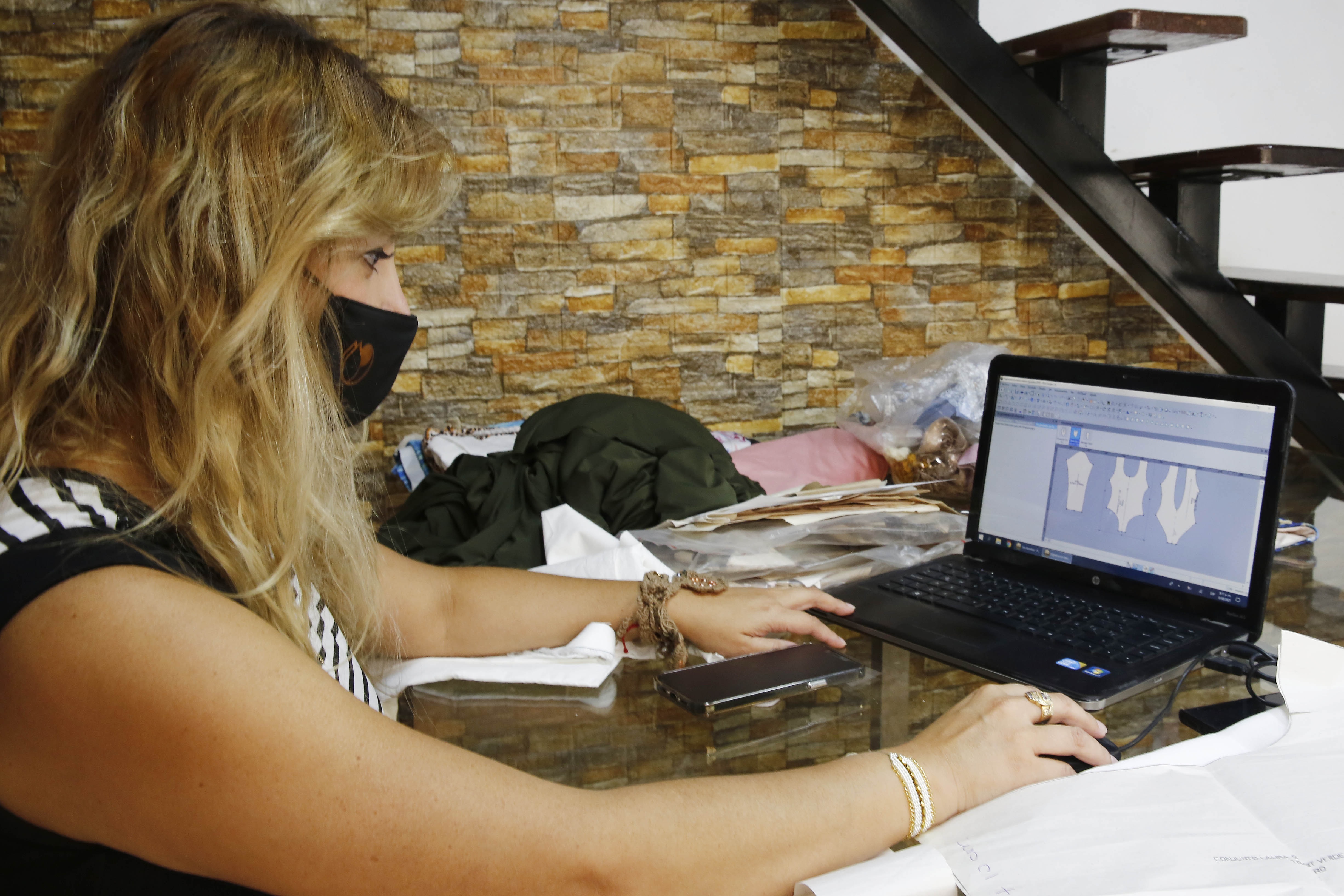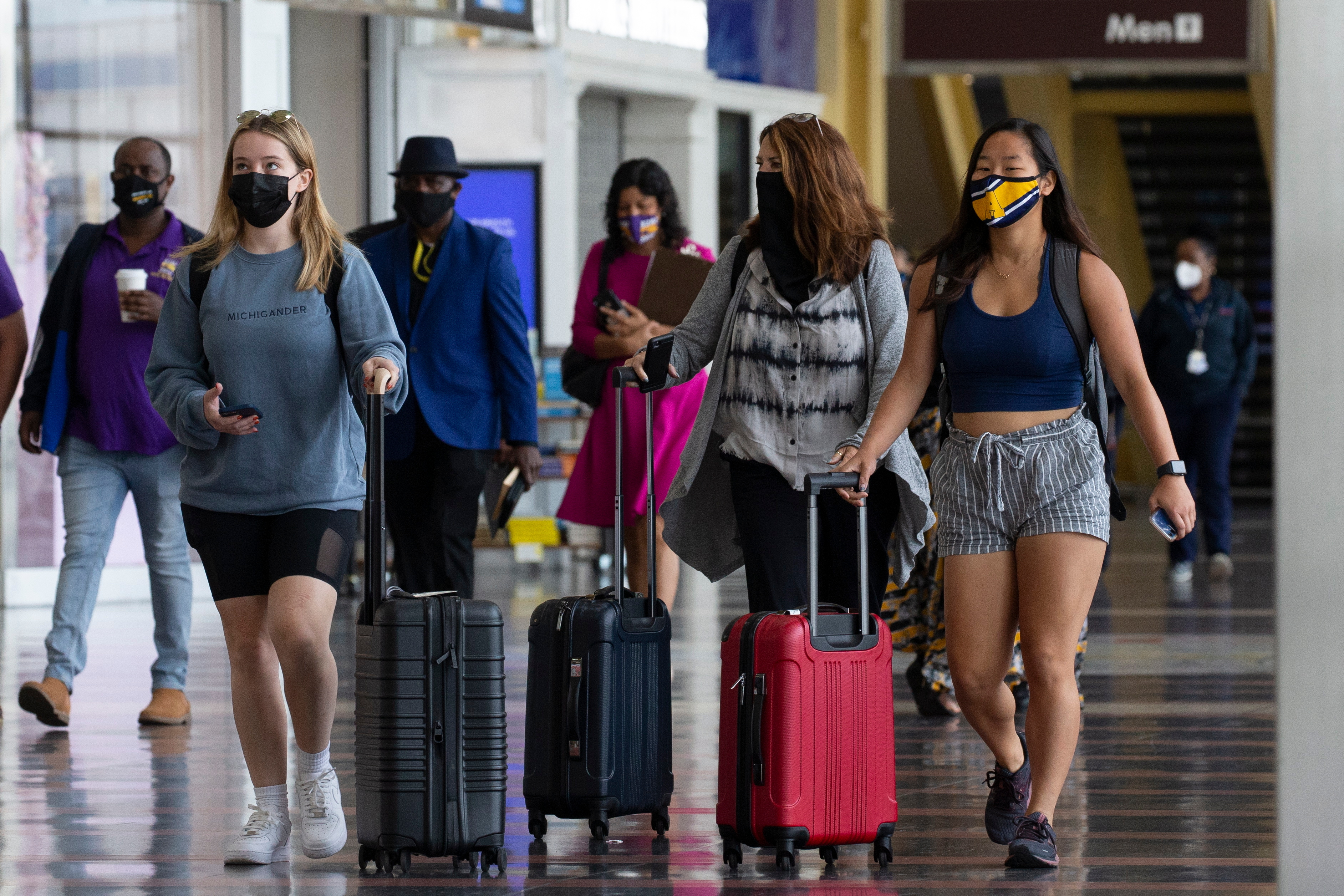:quality(85)/cloudfront-us-east-1.images.arcpublishing.com/infobae/5HEDBJG6VFCEREXEK4Q3LAZ7DA.png 420w)
After going through a boom in the midst of the pandemic, e-commerce continues to consolidate itself as one of the main sales channels, although with some changes in habit since the quarantine and the restrictive measures of the pandemic were relaxed.
Electronic commerce in Argentina grew 68% during 2021 compared to the previous year and recorded a turnover of $1.52 billion pesos (one billion five hundred twenty billion). This figure emerges from the Annual Study of Electronic Commerce in Argentina conducted by Kantar Insights for the Argentine Chamber of Electronic Commerce (CACE).
According to the survey, 684,459 new buyers were added in 2021, reaching a total of 20.7 million online shoppers. And two years after the start of the pandemic, the proportion of users who buy on a daily basis is maintained.
However, and in line with the post-quarantine openings, shoppers changed their purchasing frequency:
- The occasional ones, who buy every two or three months, or less, began to have more participation: they went from 36% in 2020, to 42% in 2021.
- The daily ones, which buy between once a week and once a month, increased to 20% (from 19% in 2020). Most of them are of higher socioeconomic status (ABC1/c”), between 35 and 44 years old and reside in the AMBA, which is the region with the greatest online offer.
- the regular ones, who make purchases every week, were reduced to 38% of the total regular ones (from 46% in 2020).

This lower online activity is explained by the gradual return to face-to-face activities. During 2021, Argentine online shoppers went out to eat more (18% versus 6% in 2020), went more to the movies (10% versus 6% in 2020) and visited more physical stores to buy footwear and clothing (17% versus 11% in 2020).
“The activities that were less carried out during the second half of 2021 were the purchase of food or food on the Internet, the purchase of footwear or clothing, watching TV or movies on demand and, in addition, carrying out online banking operations,” the report highlighted.
“In 2021, shopping began to be more interspersed with the offline world. Those who entered e-commerce first were those from the highest socio-economic levels. And then those who came in more out of necessity during the pandemic,” said Eugenia Ardura, Kantar Account Director.
The five items with the highest turnover were:
- Audio, image, consoles, IT and telephony equipment (61% more than the previous year)
- Food, beverages and cleaning supplies (51%)
- Household items, furniture and decoration (66%)
- Tickets and tourism (293%)
- White and brown appliances (66%)
During 2021, there was also growth in some areas above the average of some categories that are consolidating after the pandemic: tickets to shows and events (501%), non-sports clothing (102%) and accessories for cars, motorcycles and other vehicles (100%)
“Although growth in 2021 was more moderate than in the previous year, we see that beyond the gradual return to normality, Argentine consumers incorporated e-commerce as a habit, which alternate with physical premises,” said Gustavo Sambucetti, Institutional Director of Cace.
The executive stressed that for 60% of the companies surveyed, e-commerce already represents more than 10% of their sales. And also the growth of the tourism sector after the restrictions due to the pandemic. “It had growth of almost 300% driven largely by PreViaje. And we hope that growth will continue to move forward,” he said.
Credit cards remain the main payment method chosen by users (76%), followed by cash (11%) and debit card (7%) payments. Electronic wallets and bank transfers complete the mix (5%).

As in previous years, home delivery remains the main delivery option for products, with 55% of the total (in 2020 it was 56%). Then it is followed by the withdrawal at the point of sale (37% vs 35% in 2020) and the withdrawal at the branch remains the same, chosen by the 5% according to what the companies consulted stated. Finally, there are home deliveries with fast courier with 2% and 1% of buyers coordinate directly with the seller.
During 2021, 35% of companies opened an exclusive deposit for the digital channel. “This, among other policies, prompted users to see an improvement in delivery times, especially in the AMBA, where 23% of purchases are delivered on the day and more than 50% within 48 hours,” the report explained.
“The ecosystem echoed our efforts, generating an increasingly professional industry and increasingly happy consumers: 99% of respondents are satisfied with their online shopping experience, said Alberto Calvo, president of Cace.
KEEP READING:
